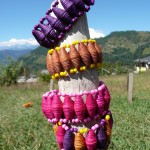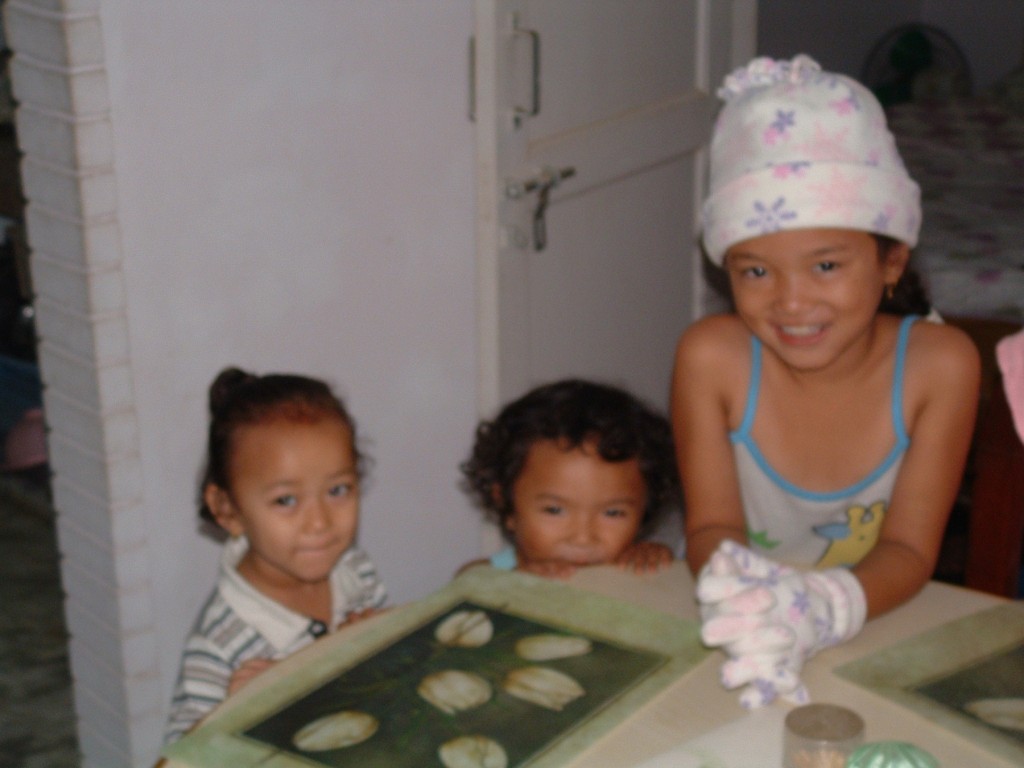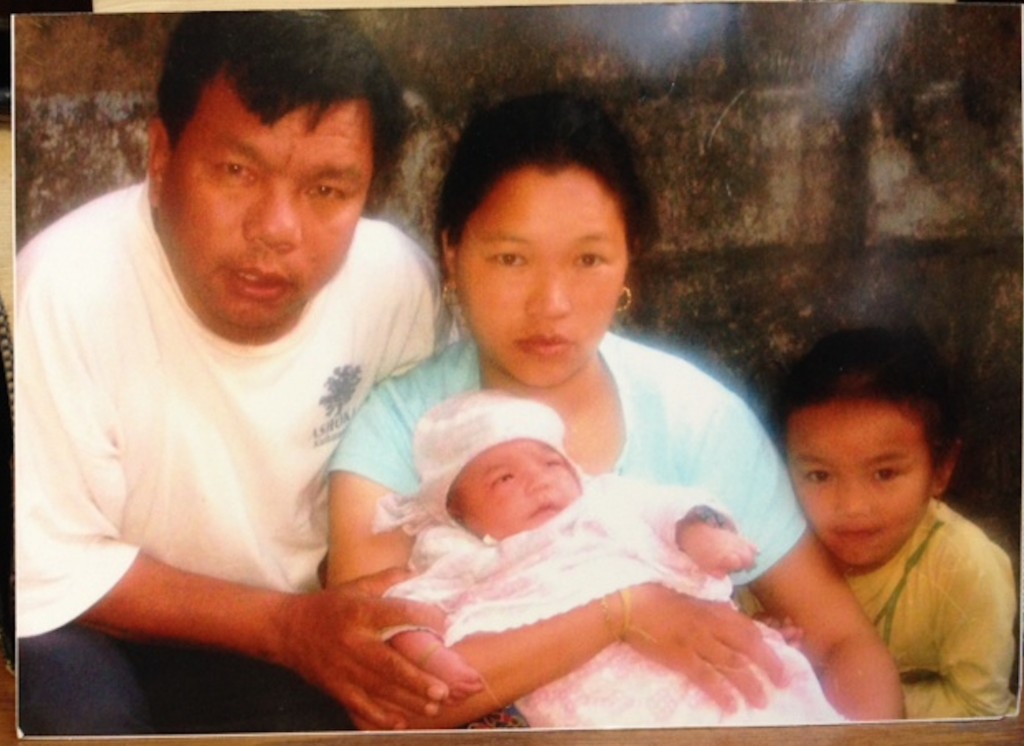In October 2012 Mahabir Pun and I sat on the balcony at his home in Pokhara as his daughter Jharana and her cousins sat in the stairway watching us. It was day two of the book interview and we were both weary, but Mahabir reflected thoughtfully before he answered my question, “what is an Innovation Center?”

Women in two Myagdi villages make paper beads and fashion into jewelry which they sell to the tourists. This is one example of a small village enterprise which promotes independence and confidence.
I had read the proposal he wrote and gave to the government and shared with his supporters, including myself, a few months before. But I wanted to hear it again after the idea had circulated and he had not only spoken with the Nepal government but had spoken around the world at various venues. Like everything on Mahabir’s list of projects it started with an idea and developed along the way. In a nutshell, Mahabir Pun is trying to scale up what he accomplished in Nangi into a national platform with the National Innovation Center concept.
In Nangi he revolutionized the concept of education for students and parents from merely learning academics to understanding their capacity to change their lives because with knowledge came choices. With choices comes the ability to make significant changes in not only their lives but that of others in their community. He also stepped away from the hand out and donation concept of community development and helped villages build profitable businesses which they run and market either individually or as a community.
The National Innovation Center will be a physical space where Nepalese can bring their ideas for development. It will be a think tank. It will support talented Nepalese from all social strata and educational backgrounds to bring forward their ideas for progressive development in all areas of need such as education and infrastructure. It will generate jobs as ideas are developed and implemented.

Villages along the Community Trek Trail built and maintain the lodges. They provide jobs and income to the community.
But Mahabir is not looking for donors or NGO funding. He is seeking a soft loan of $6 million USD to build a 10 MW hydropower plant in Nepal. The much needed electricity will be sold on the grid and the profits used to run the center, pay back the loan and support the entrepeneurs. He originally went to his government but they did not have the resources so he sought their support as he approached other agencies such as the World Bank or wealthy private individuals such as the Warren Buffets of the world.
Join me next week and find out how The National Innovation Center is progressing and if the Nepal government has lived up to their promises to help Mahabir Pun realize this far reaching social experiment.


